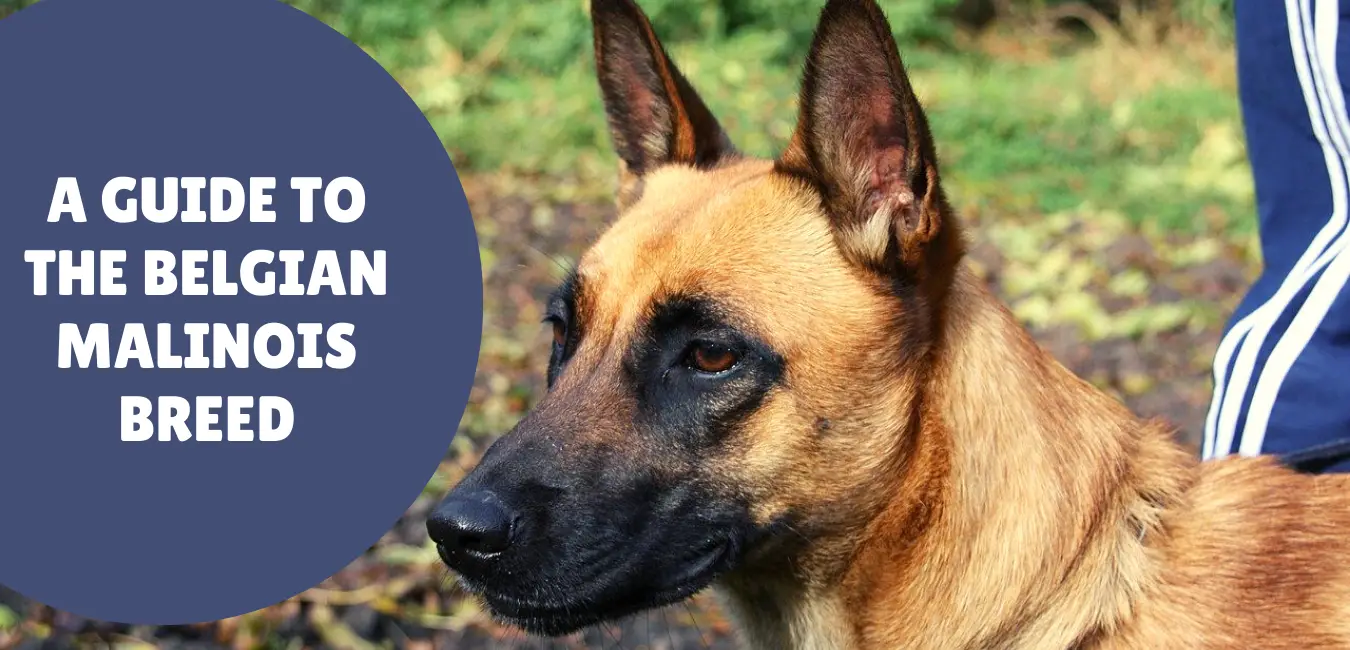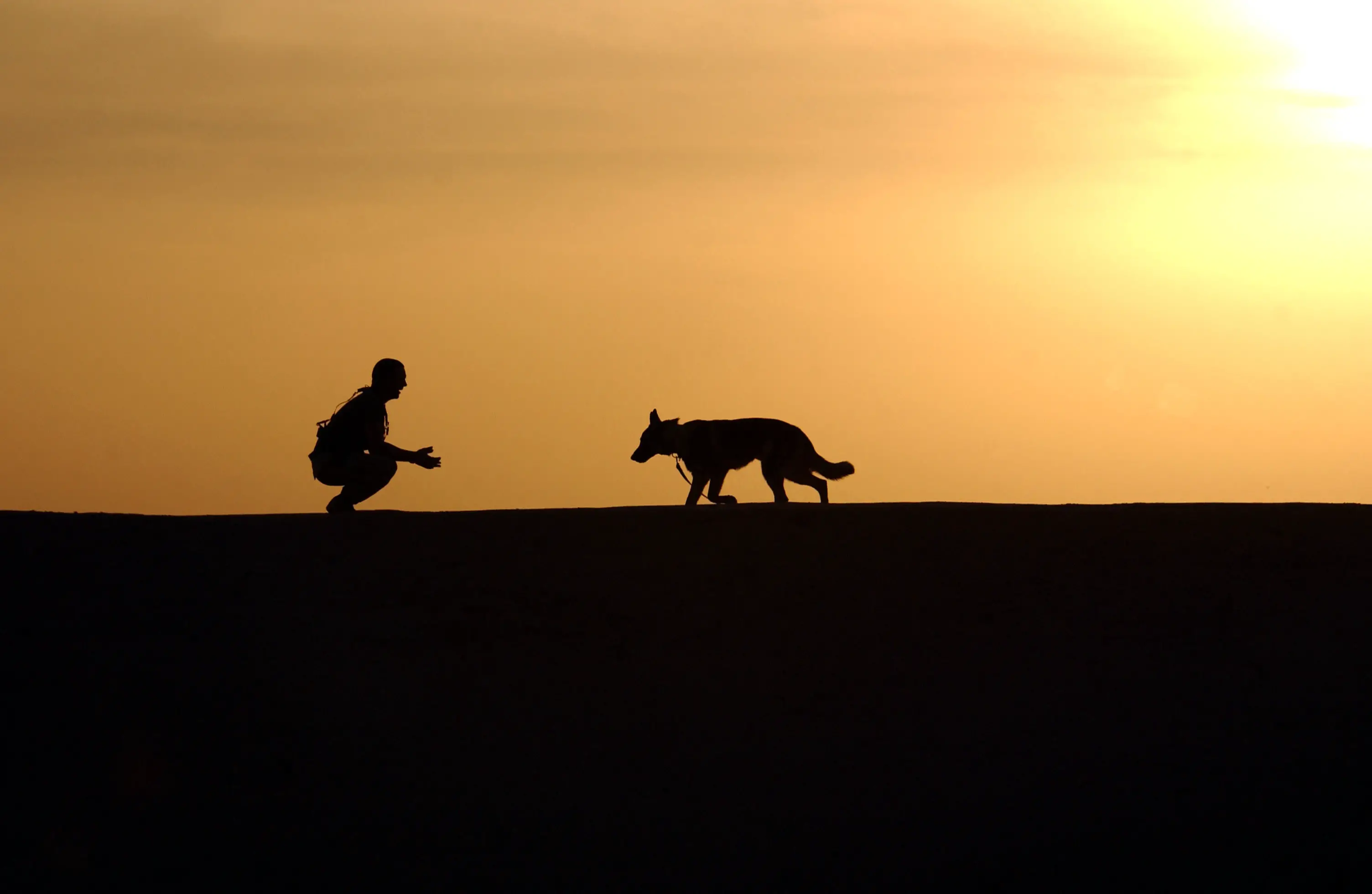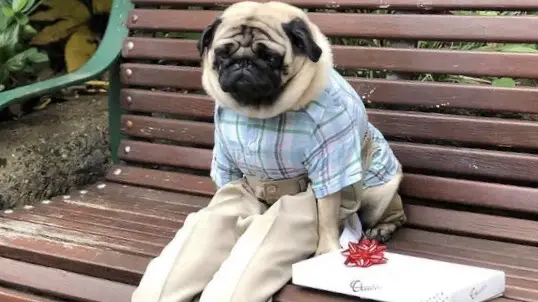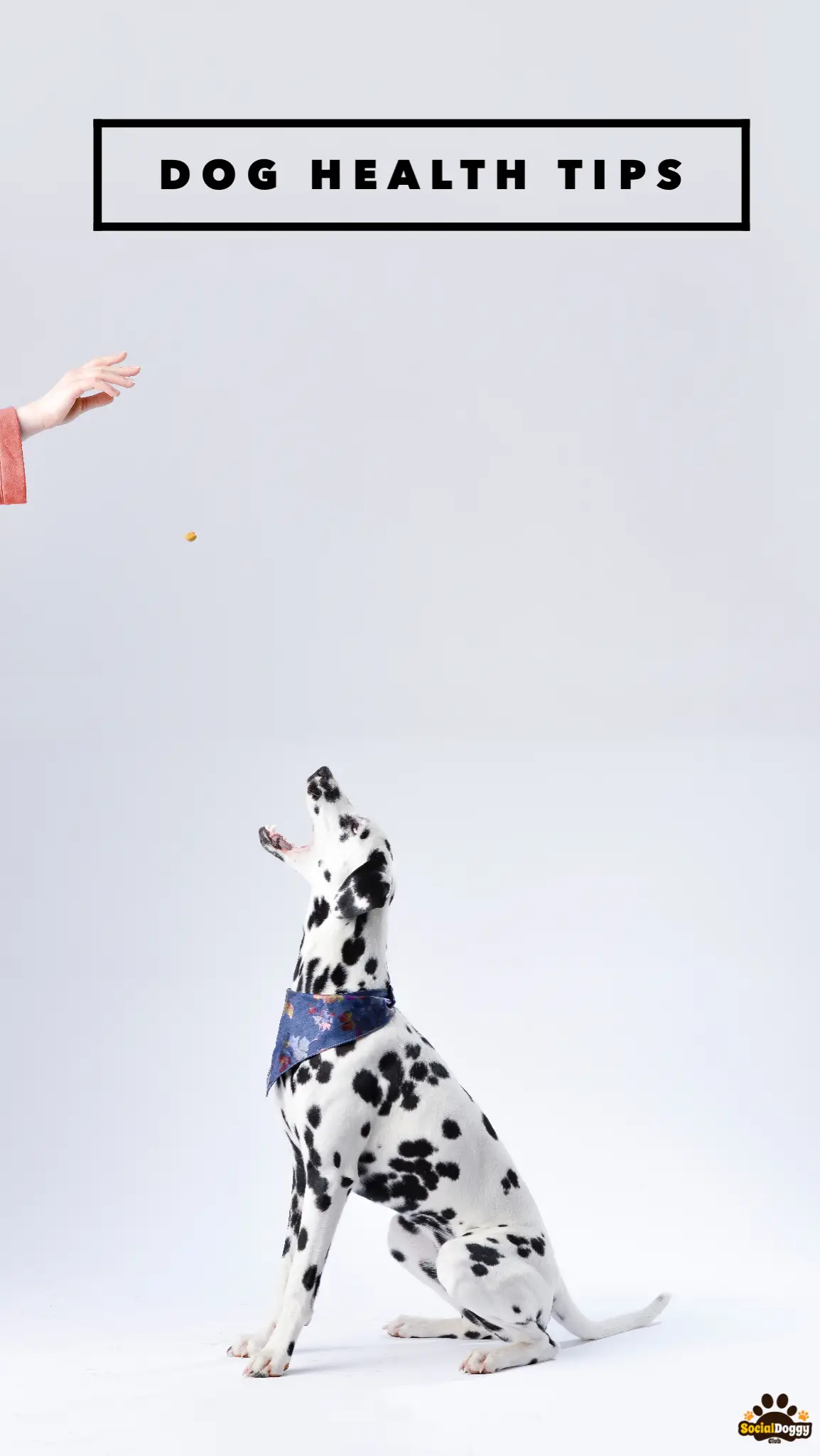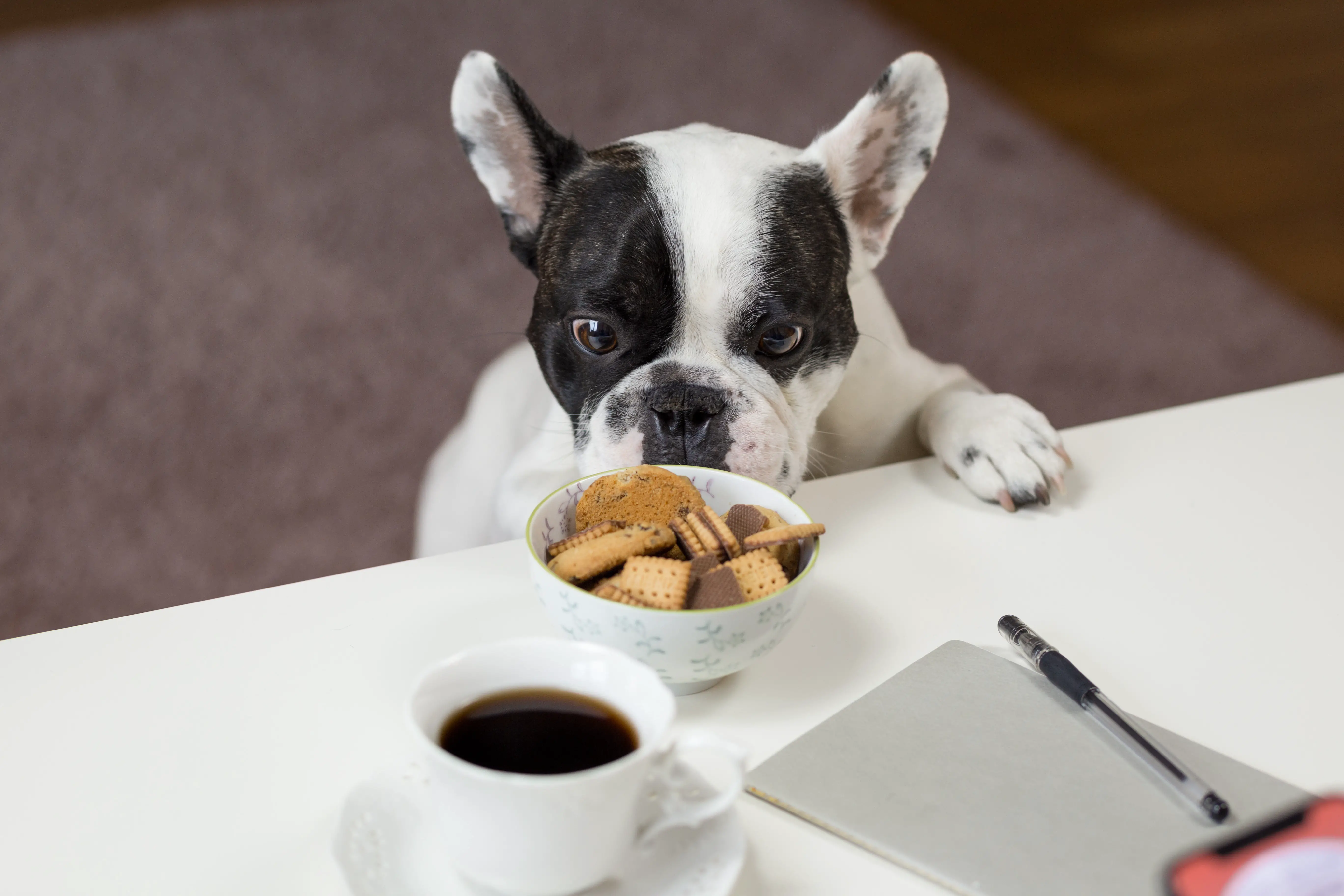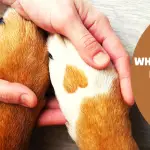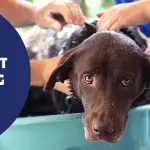The Belgian Malinois, which is energetic and focused, is one of the most common dog breeds in the world today. This breed, sometimes known as the Belgian Shepherd, is a herding breed that is employed for police and protection duties.
Belgium gave birth to this very clever dog breed. There are four different Malinois breeds across the world, not counting the United States. Belgian Malinois, Belgian Sheepdog (Groenendael), Belgian Tervuren, and Belgian Laekenois are among them.
The Chiens de Berger Belge are a shepherd’s breed of Belgian Shepherds. They were developed as working dogs during the 19th century. Malines is where the short-haired breeds came from, and they were dubbed the Belgian Malinois.
A herding breed belonging to the herding category, the Malinois is a fun-loving dog. The Malinois is a fantastic companion dog, but it requires a lot of training, socialization, and activity from puppyhood to adulthood.
Contents
History of Belgian Malinois
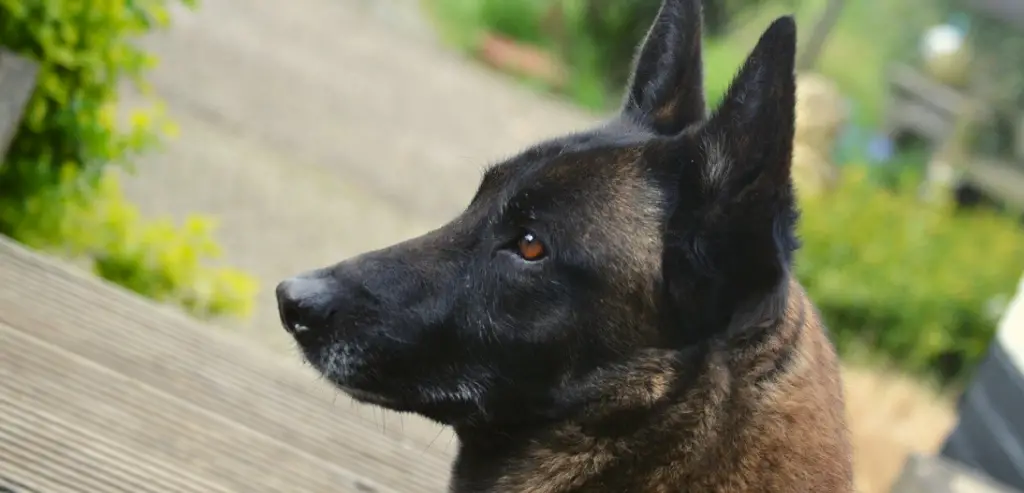
The Malinois was first recognized as a distinct breed in 1959. Despite its genetic proximity to the Belgian herding dog, the Malinois is comparable to the German Shepherd. Between 1911 and WW1, this breed was heavily imported into the United States, but it fell out of favor after WWII because dogs were no longer brought in as frequently.
Following WWII, the Malinois was no longer registered at shows, and it wasn’t as common to see them there. By the time the breeds were divided in 1959, the Malinois had risen in popularity once again, registrations increased dramatically, but not to the same extent as other Belgian dog breeds. This breed, on the other hand, is recognized for its cattle herding abilities and was developed by experienced breeders looking for a working dog with a high level of performance.
The Malinois is a Belgian Shepherd dog breed that has gone on to become one of the most popular guard, police, companion, and military dogs due to its high-work drive. This breed is highly regarded as a peacekeeper throughout the world today because it is a working dog breed.
Physical Characteristics
Belgian Malinois is a muscular, lean breed with a serious demeanor. This breed needs to have employment and plenty of activity in order to be happy. The well-balanced, squarely built Malinois has eyes that are almond-shaped and flat on the skull.
The head is encircled by a black mask. This unique dog breed has thick, yet oval bone and stiff erect ears with black tips that are shaped like equilateral triangles. The head is raised as the dog walks; the tail is raised with a little curve as it goes.
The Malinois is a deep-chested, athletic and effortless breed with a smooth and easy gait. The Malinois is cat footed. There are many different coat hues, including fawn, mahogany, and black; these differ as well in terms of coat length and coat texture, which are short, straight, and harsh. The undercoat is thick.
Height
- 24-26 inches for adult males
- 22-24 inches for females
Weight
- Approx 60-65 pounds
Activity Level
- High
Lifespan
- Approx 10-12 years
Temperament of a Belgian Malinois
The Malinois is not only bright and hardworking, but also loving with family members. Although they are reserved with strangers, they are not aggressive unless it is for protective reasons. The Malinois is one of the best guard dog breeds because it is highly responsive to training and therefore enjoyable to teach.
All potential Malinois owners should be aware that the desire for regular strenuous exercise and effective training comes first in the list of traits required to match with plenty of socialization. This is a breed that won’t flourish in an apartment if you don’t give it enough activity. The Malinois requires a large environment to explore, lots of mental stimulation, enjoyable dog sports to participate in, and so that he may release his surplus energy. One of the most intelligent and responsive dogs to work with and have as a companion, but to fully appreciate the Malinois you’ll need to meet his demanding work demands.However, only experienced pet owners will do well with this highly intelligent and energetic dog breed. It takes patience, knowledge, and compassion to deal with the rather dominant Malinois dog breed. That said, if nurtured with love and care throughout its life stages, the Malinois may become your greatest buddy overnight! You just have to keep in mind what this breed’s needs are so that you’re not overwhelmed; especially during adolescence.
Activity and Special Needs of a Belgian Malinois
Malinois, despite their reputation as one of the most active dog breeds, are energetic and can appear to be on perpetual motion. This breed has brains, focus, speed, and requires a lot of rigorous exercise.
Rather than proceeding in a straight line, the Malinois is inclined to move in a circular pattern. This high-energy dog breed does not do well with only a regular neighborhood walk on a leash. For this breed, consider Schutzhund, herding, tracking, obedience training and agility!
The Malinois requires a lot of one-on-one care, off-leash runs at the dog park and beach, and positive dog training and socialization beginning at a young age. You’ll have a hard time later if you don’t start good and consistent dog training and socializing while your puppy is young. Training must be tailored to the temperament of the dog. This is a sensitive breed that responds well to positive dog training.
Expert pet parents with rigorous schedules are necessary for the Malinois, owing to its aloof personality toward strangers and possibly aggressive and domineering toward smaller pets and toddlers. If proper training has not been started, the Belgian Malinois problem can be difficult to solve. This is a dog breed that requires respect, care, and human bonding, and should not be left alone for long periods of time during the day. The Malinois gets easily bored!
The Malinois is a sensitive, independent breed that enjoys almost all dog activities, including agility, obedience training, search and rescue, dock diving, and so on. The Malinois should ideally be kept in a big yard or a huge garden or farm. These dogs do well on horseback riding and cattle ranches.
They also like being inside with their families and must be recognized as family members. This include taking kids on family hikes, excursions to the local Starbucks, and even a beach run.
In Action With the Malinois
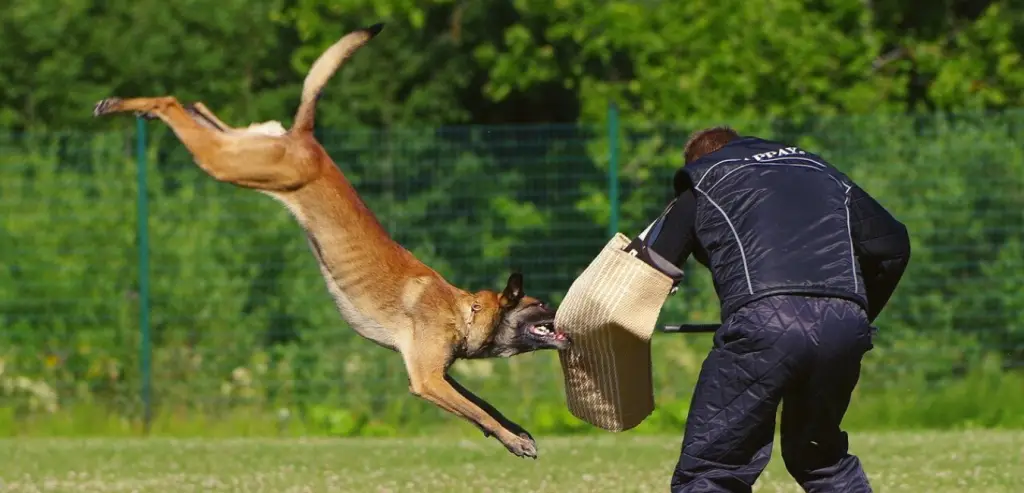
Nothing beats seeing the Malinois in action! We’ve all grown fond of this breed because to their superior intellect and work ethic. The Malinois were originally brought to North America from Europe as police and military dogs. They’re great at finding people and clues, especially when they come in pairs.
The Malinois is a Belgian Shepherd Dog breed that has served as both a military and police dog. They are also used for guard duty, crowd control, bomb detection, and tracking in the military. When utilized as drug-finding dogs, the Malinois has shown to be exceptional in his ability to sniff out narcotics. They must be able to cover huge surfaces of ground; climb onto freight containers; and operate successfully next to people in this line of work.
The Malinois as an Anti-Poaching Dog: What You Need to Know
There has never been a moment when wildlife has required as much protection from poachers as it does now. “The dogs are used to sniff for illegal products, as well as humans. According to Fido Friendly, sniffer dogs that are trained as anti-poaching agents and their trainers, who are frequently wildlife conservationists, attempt to rescue some of the world’s most endangered species at Ol Pejeta Conservancy in Kenya. The growing desire in Asia for rhino horn and elephant tusks is driving these massacres.”
However, “Dogs are trained under the supervision of White Paw Limited, a UK-based business owned by Daryll Pleasance.” He continues that “We’re looking to create so-called ‘triple role dogs,’ including trackers, search (ivory, rhino horn, ammunition, explosives), patrol and assault.” The Black Rhino is an endangered species that conservationists are fighting to keep from going extinct.
Daryll Pleasance of White Paw Limited works with the Ol Pejeta Conservancy in its efforts to stop poaching. This ten-year strategy is designed to provide northern Kenya with skilled handlers and dogs. Sniffer dogs have been used with great success in Kenya as well as South Africa to keep tourists safe from poachers.
The Anti-Poaching Dogs and Rangers are risking their lives every day, covering an area of 360 square kilometers where organized crime syndicates use military equipment to poach rhino and elephants at a frightening new level.
Dr. Burch also explains that while working with his team, “I distinguish each dog as an individual with unique demands. My goal is simple: to achieve results through compassion and a thorough understanding of a dogs mentality and history while simultaneously providing you the long-term skills necessary to affect positive change.
Potential Health Risks of a Belgian Malinois
The Belgian Malinois is a healthy dog breed that suffers from no major medical issues, however it may be vulnerable to the following health conditions:
- Sensitivity to Anesthesia: Although the dog’s sensitivity to Acepromazine, anesthetic, varies from one individual to another, it is still a potential side effect of this medication. Some Belgians have been unable to stand for 24 hours following surgery since tiny doses were added to anesthesia medications. After receiving Rompun, some Belgians may require IV fluids in order to fully recover. In this breed of dog, there have been reported deaths as a result of Rompun usage.
- Stomach Cancer: Belgian Shepherds are susceptible to stomach cancer. Symptoms are similar to those of chronic gastritis, although no verified studies have as yet proved it. The breed disposition has been linked to canine breed disposition, although no confirmed research has established this fact.
- Hip Dysplasia: HD is a hereditary condition. Malinois are susceptible to HD. When the hip joint fails to mature normally, HD occurs. The head of the thigh bone in a Malinois with HD does not fit into the hip socket properly. The connection stiffens and deteriorates as a result of the poor fit, leading in osteoarthritis.
- Progressive Retinal Atrophy (PRA) is a term used to describe a set of eye disorders that cause the retina to deteriorate. Hereditary diseases of light-sensitive cells will be included.
- Epilepsy: Epilepsy is an electrical problem of the brain that occurs in some people as a result of abnormal bursts of activity. This causes recurrent seizures. Longer than 5-minute seizures or occurring one after another without full recovery necessitate immediate professional assistance.
- Bloat: The Malinois is a deep-chested breed that may be prone to bloating. Bloat is a potentially deadly medical emergency caused by the twisting of the stomach, together with the accumulation of gas, regardless of whether or not there is fluid. It’s never a good idea to raise your dog’s water and food bowls.
Bloat can also be caused by stress. Avoid giving your Malinois a huge meal followed by activity. Contact your emergency veterinarian as soon as dry vomiting begins, and don’t wait for a few hours. This is an urgent medical situation that requires immediate attention!
The following tests are necessary for the Malinois: hip, eye, and elbow. It’s important to remember that because puppyhood is so critical in preventing hip dysplasia and other sports-related problems, puppies under the age of six months must undergo specific exercise campaigns to avoid these diseases.
Diet of a Belgian Malinois
There is no “perfect diet” for your Malinois. Every dog has his or her own nutritional needs. Dogs are unique individuals like humans. A diet that works for one dog may not be appropriate for another. The condition of the patient’s health, as well as his or her age, energy level, and individual medical concerns, all have an impact on the treatment plan. If you want advice about nutrition and supplements for your Malinois who participates in agility or engages in other kinds of dog sports, you should first consult with your veterinarian.
However, it is critical to realize that a dog’s or puppy’s nutritional needs must be met for its entire life stage. You’ll also want to keep in mind that the life stage for which a pet food is designed may not necessarily correspond to the actual life stage at which the product satisfies the minimal standards. The greatest thing you can do as a pet parent is learn about dog food formulations and whole foods that are good for your Malinois.
Understanding what your Malinois truly thrives on will help you figure out what he needs the most. High-quality ingredients like whole meats, fruits, vegetables, and grains, as well as different macronutrients such as proteins, fats, and carbohydrates are important to understanding what your Malinois does best. Providing your dog with the greatest diet for his life stage that is healthy and advantageous to his wellbeing.
Here’s the rundown on what your Malinois should eat:
- Artificial flavoring, colors, or preservatives such as propylene glycol should not be used in dog food formulations.
- Whole foods should be consumed instead of processed meals.
- They should also use real meat rather than a mixture of animal by-products.
- Organ meats, such as kidneys and liver, are excellent.
- By-products, such as organ meats, which are acceptable, but no non-meat components.
- In the case of adult dogs, there should be a sufficient amount of calcium in the dog food formulation.
- Fibers and nutrients such as flavonoids should be included in the recipes.
- Diets must be evaluated using AAFCO feeding trials, or formulated to satisfy the nutrient profiles of AAFCO.
- Specific quality control procedures must be in place to guarantee uniformity and quality of all Ingredients throughout the production process, as well as the finished product.
- Complete and balanced diets are necessary for all dog foods.
- The dog food recipe should state the age group for which it is suitable.
- The AAFCO nutrient profiles are available for all life stages, with the exception of the senior geriatric dog.
- All canine diet formulations must satisfy the AAFCO profiles for all life stages and the minimal nutritional -requirements for growth and adult upkeep in dogs.
- The dog food recipe must be made by a recognized and knowledgeable dog food manufacturer with the strictest quality control methods.
- Dog food should not be manufactured in China, and none of the components should come from there.
- Only a puppy food should be fed to Malinois pups, and they should be given a puppy formula at all times.
- To ensure proper growth, large breed puppies like the Great Dane or German Shepherd must eat a diet that is appropriate for their size.
- Formula feeding should include antioxidants, Omega 3’s, healthy components, and a well-balanced diet for the right life stage.
Grooming
Grooming the Malinois is a pleasure thanks to its short waterproof coat. The Malinois has a compact, easy-to-groom waterproof coat that works wonderfully with a medium bristle brush. To keep the coat flat and smooth, use a curry brush on it as well. Rubber grooming mitts aid in thorough grooming by removing dead hair. The Malinois sheds twice a year, and extra care will be required then to remove loose hair with a slicker brush. To get rid of shed hair, you must groom on a regular basis.
The Malinois should be bathed with an organic pet shampoo on a regular basis to preserve good skin and coat. To preserve gloss and avoid irritation, frequent baths should be avoided. Regular tooth brushing is also essential for dental health.The veterinarian’s twice-yearly dental hygiene maintenance is required. To minimize discomfort when walking and running, ears should be cleaned regularly and nails trimmed on a regular basis. As usual, apply a safe and effective canine sunscreen to protect your Malinois from sunburn while out and about since just like you, it is susceptible to skin cancer!
Taking on a Belgian Malinois as a pet
A Belgian Malinois has a lot of energy. If you have kids, you’ll want to adopt a dog with good manners and socialized. You’ll also need to make sure that other pets are secure if you have any. This breed will also require plenty of mental stimulation and regular exercise.
It’s vital to spend time with a Belgian Malinois at the shelter to learn more about any behavioral concerns. Some Malinois may be more energetic than others, while others may require additional socialization and training. Some can be fearful and skittish, while others might just be wary and apprehensive!
The Malinois is an ideal choice for a family with an active lifestyle and a big backyard or farm. Make sure you have the time and resources to give your Malinois the attention it requires as with any dog adoption. The Malinois is a wonderful furry companion who will be there for you at all times, but this breed will require a lot of one-on-one attention.
It’s critical to match your dog with the temperament that is ideal for you and your family. Because many dogs at shelters may be aggressive, you’ll probably get post-adoption assistance from your shelter.
Offerings range from free positive dog training lessons to 24-hour behavior hotlines, online dog trainer assistance on Skype, adoption counseling for pet parents, and even home visits.
To sum up, it’s critical to keep in mind that your Malinois deserves the finest each and every day. This includes a challenging mental exercise program and a regular dog sports routine to maintain your dog happy and healthy!

